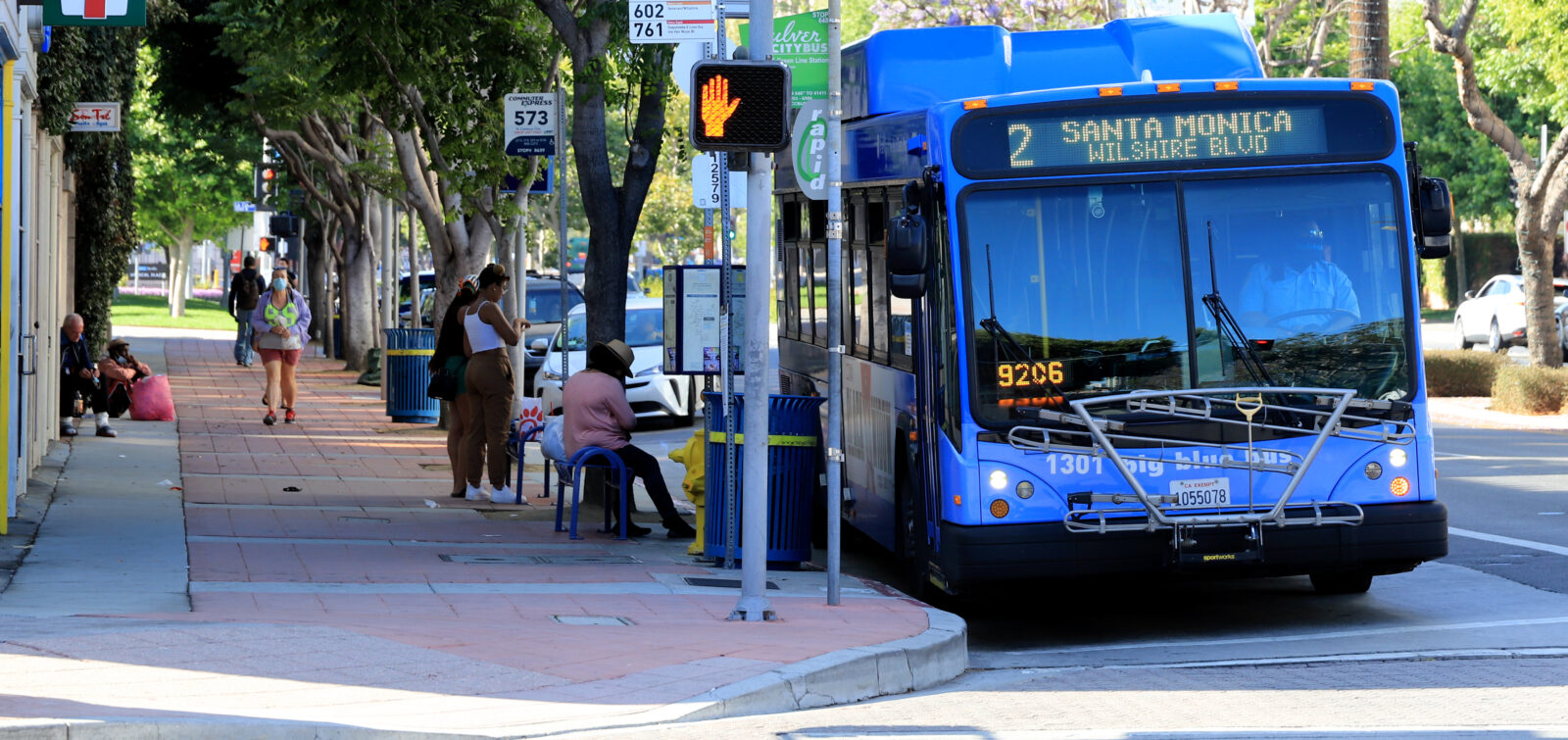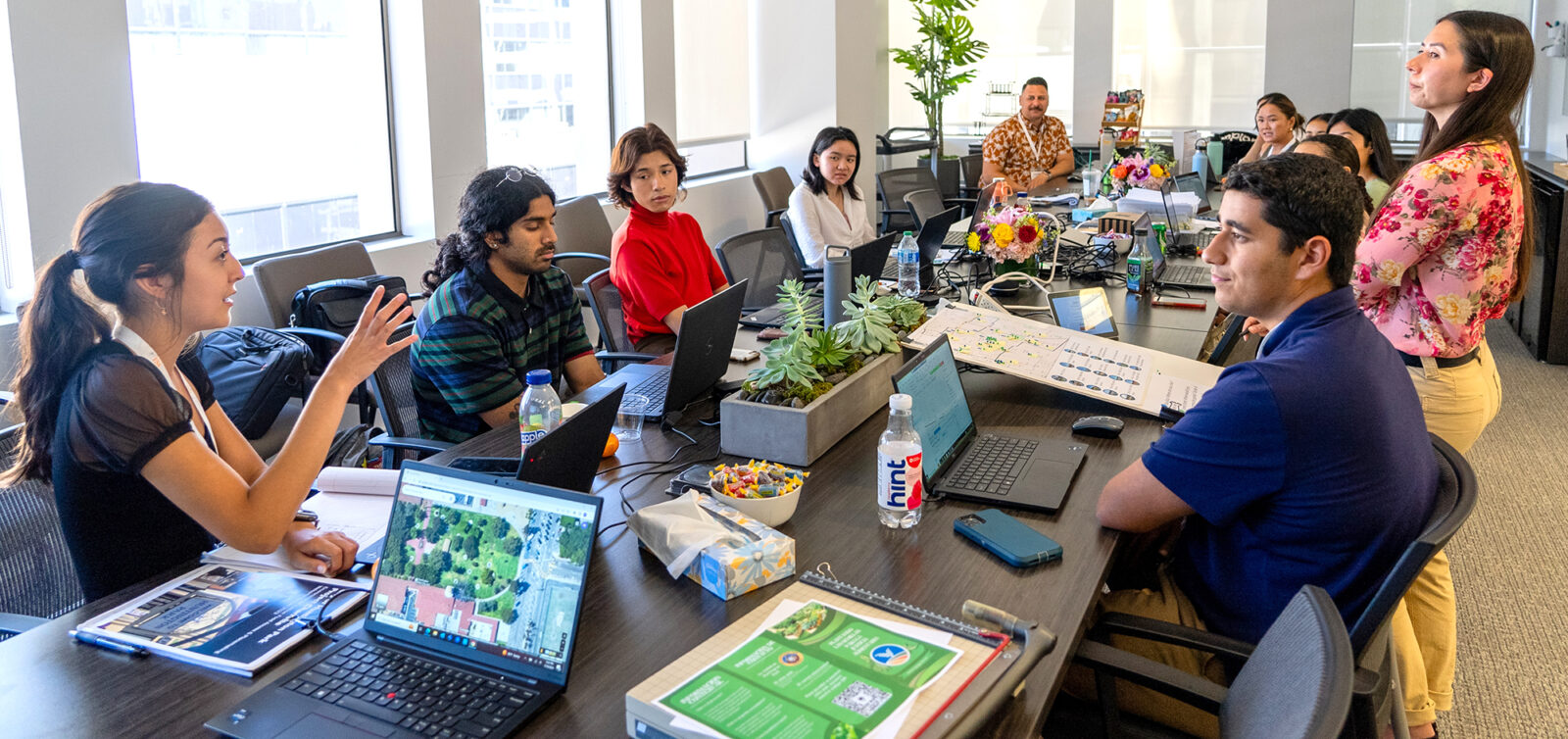Over the last twenty years, the US workforce has witnessed great leaps toward more equitable gender and diversity representation. More women than men are graduating with bachelor’s and law degrees, and with the work flexibility afforded after the COVID-19 pandemic, more women are entering the workforce than ever before.
But throughout this progress, many barriers to equity remain. Nationwide, the pay gap remains stagnant, with women earning 82 percent of what men earn (the gap is even more pronounced for women of color, where Black women earn only 70 percent), and data from the US Census Bureau American Community Survey reveals that women are underrepresented in management positions in over half of the industries surveyed.
The disparity is especially pronounced in the transportation industry, which has the fourth lowest representation—where the average percentage of women in management positions is 29 percent, versus the percent of women in management nationwide at 42 percent. These numbers align with what women report experiencing in a 2023 study conducted by the Women’s Transportation Seminar (WTS), which assessed the status of women in transportation leadership roles throughout the San Francisco Bay Area.
Recognizing a need to understand these gaps in gender and diversity and barriers to advancement in the transportation industry, WTS hosted a forum inviting female executives from public transportation industries and AEC firms to discuss these findings, as part of its Glass Ceiling Initiative. ESA’s Northern California Regional Director Lauren Abom (and WTS member) participated in the panel, together with colleagues from the Alameda County Transportation Commission, San Mateo County Transit District, and Harris and Associates.

Following the panel, Communications Specialist Veronica Weber spoke with Lauren about the challenges women face in the industry, programs to support more equitable progress, and insights from her over 24 years of experience working in the industry. (These responses have been edited for length and clarity.)
Veronica: The WTS and census surveys are pretty revealing about the status of women in leadership in transportation. What are some of the main barriers that are limiting opportunities for women in the industry?
Lauren: There are a number of factors that we discussed in the panel. In the Bay Area specifically, the cost of living is keeping women from entering or staying in the workforce throughout their early career stages. We also heard from the transportation agencies that women are reporting that they are often kept out of the industry because they cannot take the opportunities that are provided.
A big part of this is because of the promotion structure, where employees have to work their way into seniority, and are initially offered really tough positions. For example, a person starting out as a transit operator often must take on the toughest routes in the most dangerous neighborhoods, at the worst times of day. Agencies are reporting that women enter the professions, but then quickly leave because it doesn’t feel like a safe environment for them. There’s a struggle there in terms of trying to create positions that are both safe and equitable for everybody.
And on the engineering and planning side of things, a lot of women are balancing professional needs and opportunities for career growth along with their personal needs and those of their family members.
Veronica: Right, and the post-pandemic work environment must also be bringing some of these issues forward.
Lauren: The pandemic created a hybrid work environment, with a lot of agencies and firms offering the possibility of having more flexible or limited work hours. But what these firms are noticing is that there’s still inequity, where there’s far more men who are continuing with their full-time schedules and creating more opportunities for themselves, whereas women are still struggling to close that gap because they are being perceived as potentially working less or being hamstrung by family needs and their commitments at home.
Veronica: That seems to be a common obstacle that people face in the industry. What are some actions and measures that were discussed in the panel that can help address some of these issues?
Lauren: We need people in leadership positions who can really be transformative in their thinking about how to get through these concerns. That means working hard to support and accommodate individuals’ need for flexibility, and adjusting schedules so the work aligns with people’s needs and responsibilities. Employers have to be a little bit more open-minded in terms of trying to think about how to create opportunities—whether through a job share, flexible hours, hybrid work environments, and helping employees develop their networks—particularly for early career level folks.
Veronica: One of the other concerns has been recruiting across the industry. How is the industry working to increase opportunities for women and people from underrepresented communities?
Lauren: A lot of the agencies and firms support internship programs, and there’s a heavy emphasis put on trying to identify candidates from diverse pools at universities. To find more diverse candidates, many agencies and firms engage with high school and community college–level students and give them opportunities to be part of the industry early in their educational journey. We must be more proactive in searching for our industry’s newest talent. We should not wait until their last semester to try to sell them on professions in transportation.
And when it comes to career progressions, we must acknowledge that not everyone has had the same opportunities that position them for their next career move. We can minimize gender and race bias in recruiting and select candidates solely on their qualifications.
Veronica: Beyond the representation of employees in firms and agencies, what do we miss by not having as diverse of a workforce in the transit and transportation industry, overall?
Lauren: We risk creating the same systems that have existed for decades; they lack flexibility and we are slow to pivot to accommodate mode shift and changes in transportation patterns and community needs. We risk delivering projects heavily focused on single-occupancy vehicles and further dividing our communities. We should avoid thinking of transportation needs in this very linear way which only meets the needs of 8-to-5 commuters.
We also miss out on creating communities that are largely served by and centered around transportation that works for the people in these communities. Bringing people in from diverse backgrounds helps us understand the movements and needs of people in our community, so that we can actually design the transit and transportation system to meet those needs.
Veronica: Lastly, what advice would you have for women and people from underrepresented communities who are pursuing transportation industry careers?
Lauren: Don’t be afraid to reach out to other women in leadership positions and ask them for their support and advice. Don’t hesitate to ask, “What do I need to do to get to where you are?”
As Regional Director, Lauren leads staff development, training, and mentorship for over 250 employee-owners throughout Northern California. She can be reached through her email.







